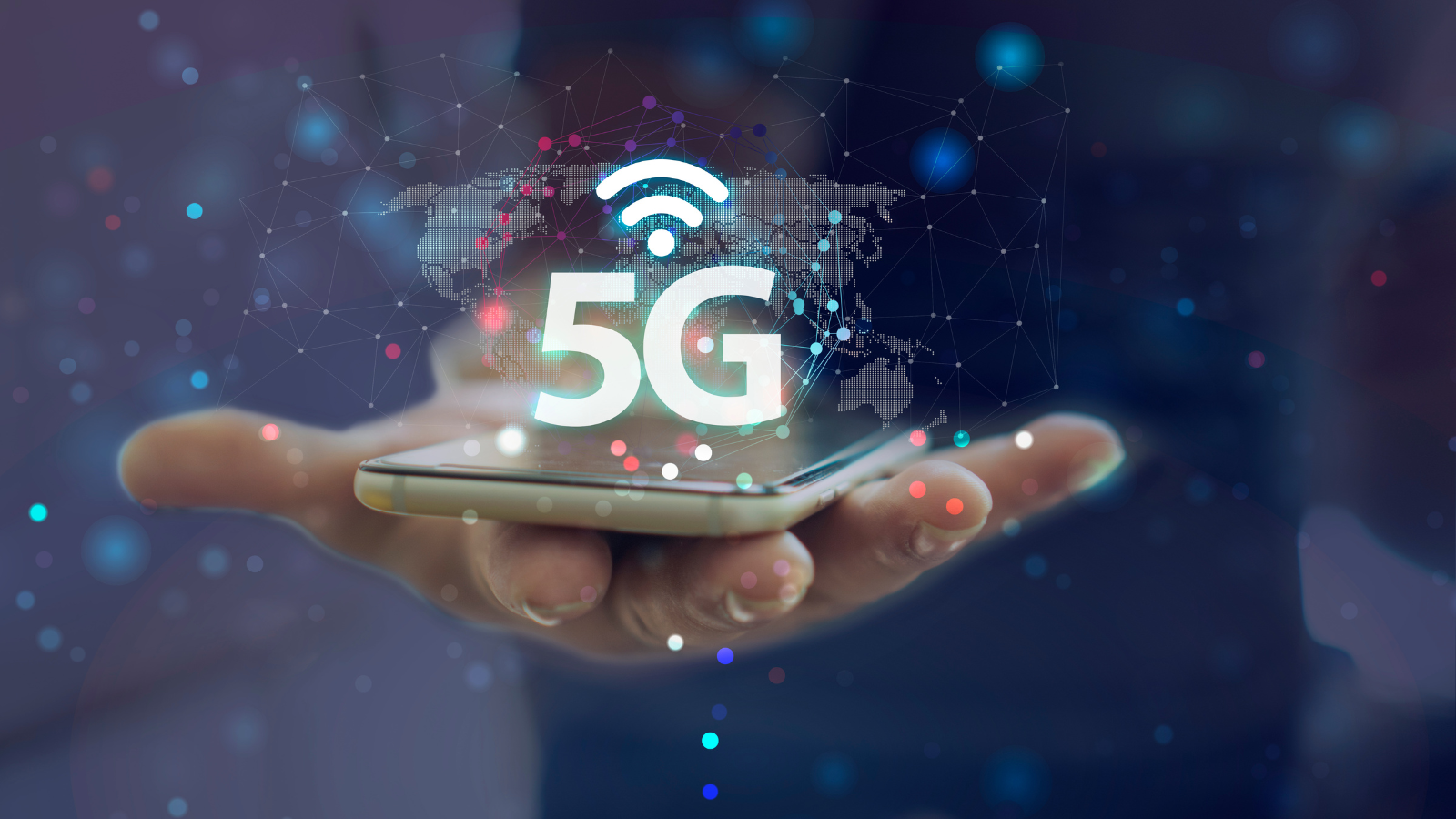Back ZIUR launches a new report with recommendations so that the implementation of 5G is cyber secure

ZIUR launches a new report with recommendations so that the implementation of 5G is cyber secure
ZIUR has launched a new report titled '5G networks in industrial environments' in which it addresses the great advances that its appearance represents for the world of telecommunications, but also warns of the cybersecurity problems that may arise. In this sense, the Gipuzkoa Industrial Cybersecurity Center launches a series of recommendations to the Basque industry to protect its infrastructures and avoid all types of problems.
5G offers important improvements such as an increase in transmission speed, reduction in latency or increase in traffic capacities. In addition, it promotes the rise of technologies such as Artificial Intelligence and Machine Learning. All of this contributes to industrial companies that use 5G technology in their networks to obtain a competitive advantage over the rest of the organizations in the sector, since they manage to increase the number of connected devices and the sharing of information.
However, the adoption of this technology also has a series of associated risks that must be known by the Basque industry so that it implements the necessary controls from the beginning and guarantees a use that does not compromise the security of the information transferred, as established in this new report. 5G has its own Cybersecurity Law, which was created to contribute to the rapid, safe and effective deployment of these networks, and this regulation contemplates the main risks and threats or the best-known vulnerabilities, among other issues.
However, with this report, ZIUR wanted to launch a series of recommendations that those responsible for security in industrial organizations should consider. Among them, the analysis of the infrastructure used to create private 5G networks, requesting from manufacturers the results obtained in the different security audits and penetration tests; segregation into subnetworks according to needs to identify which is the most appropriate and guarantee the correct functioning of the system; reviewing connected devices to avoid compromising the security of the rest of the organization's system; and, finally, carrying out risk analyzes and periodic tests, as well as the effectiveness of the control measures that have been implemented at the different levels of the networks.